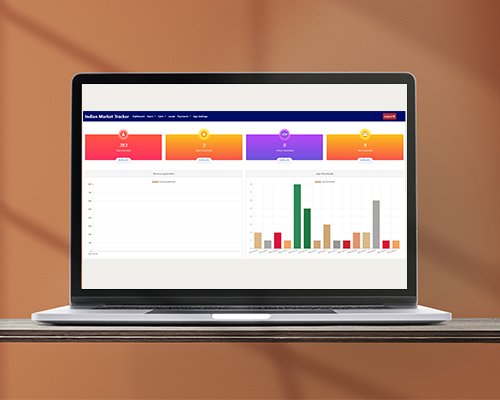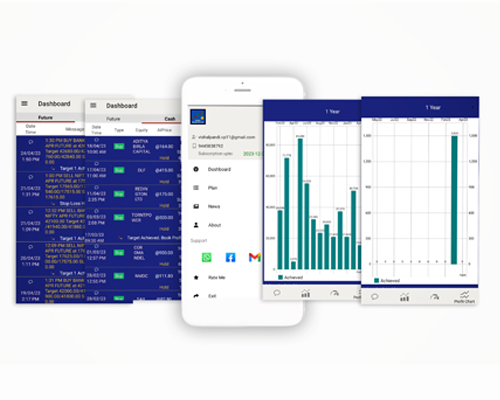Usability Research
Fastura Technologies Pvt Ltd
Developing usability research related to a service involves conducting user research and testing to assess the usability and user experience of your service. The goal is to identify areas for improvement, gather insights, and make data-driven decisions to enhance the usability and overall satisfaction of your service. Here's a step-by-step explanation of developing usability research for a service:
1.Define research objectives:
Start by clearly defining the objectives of your usability research. What specific aspects of the service do you want to evaluate? For example, you may want to focus on the ease of use, navigation, task completion, or overall user satisfaction. Clearly defining your objectives will guide your research process.
2. Identify user personas:
Identify the target audience for your service and create user personas representing different types of users. Consider their demographics, goals, behaviors, and needs. User personas help you understand the diverse perspectives and preferences of your users and ensure your research represents a range of user experiences.
3. Plan research methods:
Select appropriate research methods based on your objectives. Common usability research methods include:
- User interviews: Conduct one-on-one interviews with users to gather qualitative insights about their experiences, challenges, and expectations.
- Usability testing: Observe users as they interact with your service and perform specific tasks. This can be done in a controlled lab environment or remotely using screen-sharing software.
- Surveys/questionnaires: Collect quantitative data through surveys or questionnaires to measure user satisfaction, perceived usability, or specific aspects of the service.
- Card sorting: Ask users to organize information or features into meaningful categories to understand their mental models and navigation preferences.
- Eye tracking: Use eye-tracking technology to analyze where users focus their attention and how they navigate through the service.
- A/B testing: Compare different versions or variations of the service to determine which design or feature performs better.
4.Recruit participants:
Recruit participants who match your user personas and are representative of your target audience. The number of participants needed depends on the research method and specific goals. Aim for a diverse set of participants to capture a broad range of insights.
5.Conduct research sessions:
Execute the planned research methods, following the established protocols. During each session, gather data, observe participant behavior, and encourage participants to think aloud to understand their thoughts and decision-making processes. Take notes and record relevant information for analysis.
6.Analyze data:
Analyze the collected data to identify patterns, trends, and recurring themes. If using qualitative methods like interviews or usability testing, transcribe and code the data to extract meaningful insights. Use quantitative data from surveys or questionnaires to generate statistical summaries.
7. Identify findings and recommendations:
Based on the data analysis, identify the key findings and usability issues. Pinpoint areas that need improvement and make recommendations to enhance the service's usability. Prioritize the issues based on their impact and feasibility of implementation.
8. Communicate results:
Prepare a usability research report or presentation to communicate the findings, insights, and recommendations to relevant stakeholders such as designers, developers, and decision-makers. Clearly articulate the research objectives, methods, and outcomes to facilitate understanding and decision-making.
9. Implement improvements:
Collaborate with the design and development teams to implement the recommended improvements based on the usability research findings. Iterate and test the changes to ensure they effectively address the identified usability issues.
10. Monitor and iterate:
Usability research is an ongoing process. Continuously monitor and gather user feedback to iteratively improve the service's usability over time. Incorporate user feedback and iterate the design and development process based on the evolving needs and preferences of your users.
By conducting usability research, you gain valuable insights into how users interact with your service, enabling you to make informed decisions to improve its usability, user experience, and overall satisfaction.

.jpg)



